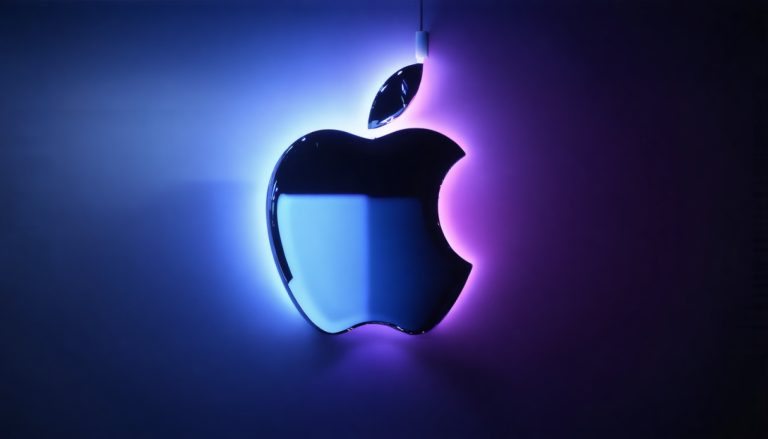
TAMPA, Fla. — Recent developments in the satellite industry have been significantly influenced by Intelsat’s substantial sale of $3.1 billion to rival SES, as highlighted by financial analysts during a panel discussion on October 22. The merger of two leading geostationary satellite operators has led to noticeable challenges in the market, particularly affecting suppliers linked to both companies.
Analysts emphasize that the consolidation between Intelsat and SES is likely to create a ripple effect. As these giants streamline their operations, smaller suppliers may find themselves at a disadvantage, struggling to adapt to the rapidly changing dynamics of the industry. The shift has left some suppliers uncertain about their future as major buyers, due to the internal adjustments required from the merging companies.
The immediate aftermath of this merger indicates a slowdown in mergers and acquisitions (M&A) opportunities within the sector. As both companies focus on integration and restructuring, their ability to pursue new deals is compromised. This could lead to a temporary vacuum in the market for other potential acquisitions.
Long term, there is hope that the merger could fortify SES into a more competitive entity. However, current pressures from rival services like Starlink and emerging online streaming platforms pose ongoing challenges to the satellite TV business. With declining demand for geostationary satellites, analysts suggest that government contracts may become increasingly vital for survival in this evolving landscape.
Impacts of Intelsat’s Major Transaction on the Satellite Industry
The recent $3.1 billion deal between Intelsat and SES marks a pivotal moment in the satellite industry. This merger not only redefines the competitive landscape but also highlights several key challenges and opportunities that will shape the future of satellite communications.
Key Questions Arising from the Transaction
1. What are the long-term impacts of the merger on the competitive landscape of the satellite industry?
– The merger could potentially create a more robust competitor in SES, but it may also lead to further consolidation as smaller players are unable to compete effectively. This raises concerns about reduced competition and innovation in the market.
2. How will this transaction affect existing contracts and relationships with suppliers and partners?
– Existing suppliers may experience volatility as SES integrates Intelsat’s operations. There could be renegotiations of contracts and potential shifts in partnerships, as the merged entity seeks to optimize its supply chain.
3. What will the impact be on satellite broadband services, particularly facing competition from alternatives like Starlink?
– The merger may push SES to innovate more aggressively in its broadband services, potentially accelerating the rollout of high-speed satellite internet, but it also faces competitive pressure from terrestrial broadband providers and new satellite constellations.
Key Challenges and Controversies
The merger presents several challenges:
– Market Concentration: As two of the largest players combine, there is a risk that fewer companies will dominate the market, limiting options for consumers and businesses.
– Integration Difficulties: The integration process may present operational challenges, including merging different corporate cultures and technologies.
– Regulatory Scrutiny: Significant transactions like this often attract the attention of regulatory bodies, which could impose conditions or even block aspects of the deal.
Advantages and Disadvantages
Advantages
– Increased Efficiency: The merger could lead to reduced operational costs and improved service delivery as resources are pooled.
– Stronger R&D: A combined entity may have greater capacity for research and development, potentially leading to innovations that benefit customers.
– Diversified Offerings: The new entity may provide a broader range of services, from traditional satellite TV to advanced broadband solutions.
Disadvantages
– Job Losses: Mergers often lead to redundancies, which could result in significant job losses across both companies.
– Impact on Suppliers: Smaller suppliers may become more vulnerable, as reduced market competition could decrease demand for their products and services.
– Erosion of Customer Choice: With fewer players in the market, customers might face limited choices and potentially higher prices.
In conclusion, the merger of Intelsat and SES is poised to reshape the satellite industry fundamentally, with implications that extend beyond immediate financial outcomes. As the industry adapts to these changes, stakeholders from suppliers to end-users will need to navigate an evolving landscape shaped by consolidation, regulatory scrutiny, and emerging technologies.
For more information on the satellite industry, visit Satellite Today.



